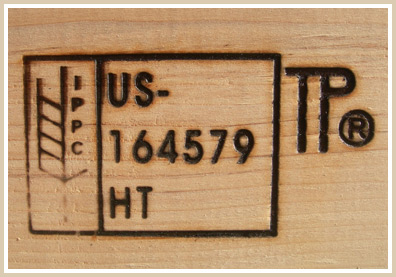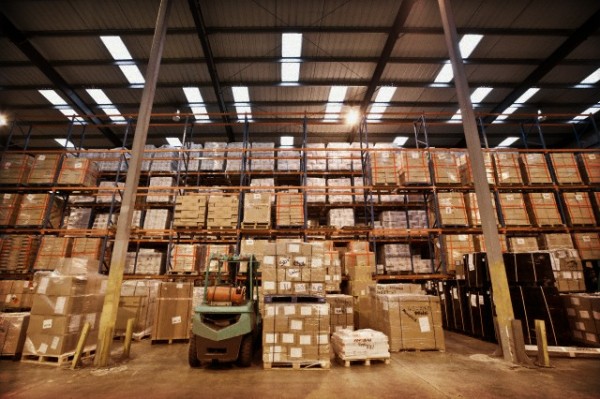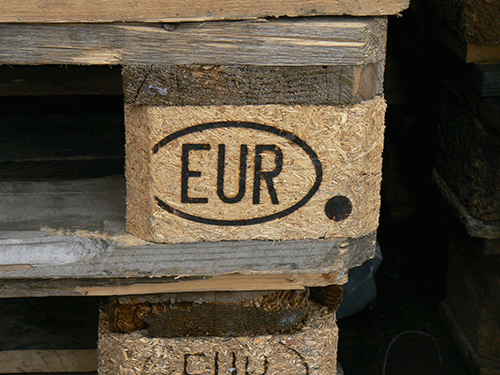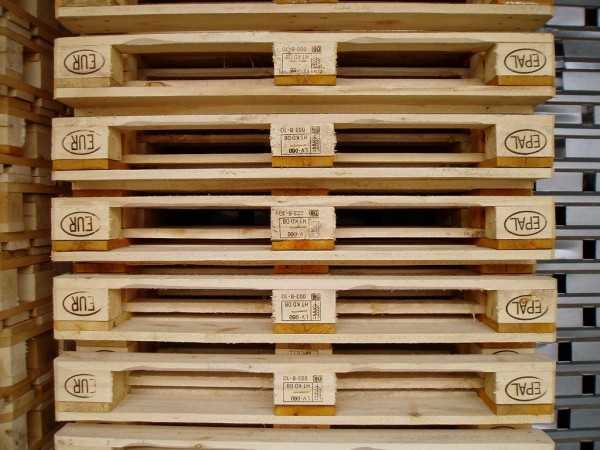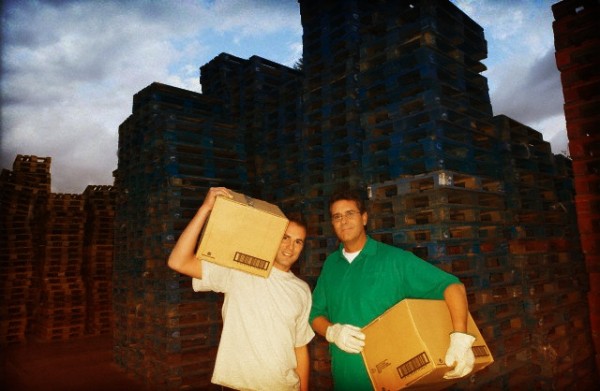5 Things to Know about Heat Treated Pallets
Wooden pallets which undergo the process of heat treatment are called heat treated pallets. These wooden pallets are usually used for export and are heat treated in order to prevent wood born insects that destroy the product that will be exported. If you are planning to export or you are already exporting your products and are using wooden pallets, here are some relevant information which you should be aware of.
1. Why should you use heat treated pallets for exporting goods?
The International Plant Protection Convention (IPPC) in 1992 made a measure that heat treatment or fumigation be done to all solid wood packaging before shipping products from one country to another country. These solid wood packaging includes softwood and hardwood pallets.
2. How is heat treatment done?
Heat treated wooden pallets are achieved by subjecting softwood and hardwood pallets to a constant temperature at 133 degrees for at least 30 minutes. This heat treatment process is not only applicable to pallets but also includes boxes, crates and all timber products that are exported internationally.
3. What countries have this heat treatment requirement?
The member countries of the IPPC are all required to abide in using heat treated pallets if shipping goods to their territories. These industrialized countries include the EU, North America, Canada, Mexico, China, Korea, Australia and New Zealand.
If your business is related to shipping internationally, remember to check on their legal regulations before shipping anything to prevent your products from being held by customs. Using non heat treated pallets will cause a delay of shipment and will require the shipper to incur fines or worst the products will be subject to destruction.
4. What necessary documents will prove that the shipper used heat treat pallets?
After the process of fumigation or heat treatment is done, the ISPM seal will be marked on the wooden pallets together with the originating country where the pallet came from. The treatment code, country code, registration number and forestry commission number are all marked into the pallets before one can say that the wooden pallets complied with the heat treatment.
5. Are there any size requirements for heat treated pallets?
The International Organization for Standardization or the ISO is the responsible agency which dictates what acceptable pallet sizes are used for international shipment. According to the ISO guidelines, there are at least six internationally accepted sizes and all shipping companies require only ISO sizes.
Using heat treated pallets means that as an international shipper, you have abide to the international and legal guidelines in exporting products from one country to another.
4 Things to know about Euro Pallets
Euro pallets which are also known as EU pallets or EUR pallets are wooden pallets in Europe. Euro pallets are considered the most used dimensions of pallets in the Europe. There are specific things which you should take note if you are shipping your goods into Europe of if you have your business in Europe. Here are some of the important things to know about Euro pallets.
1. Euro Pallet Dimensions.
There are different sizes for Euro Pallets and the commonly used are the Pallet EUR, Pallet EUR 2, Pallet EUR 3 and Pallet EUR 6.
The standard size for Pallet Eur is 800 x 1200mm and is called as the whole pallet.
The standard size for Pallet EUR 2 is 1200 x 1000mm.
The standard size for Pallet EUR 3 is 1000 x 1200mm.
While the standard size for Pallet EUR 6 is 800 x 600mm and it is called the half pallet.
2. Appearance
Euro Pallets are recognized by the marking of EUR, EPAL. This is because only EPAL and USEPAL are licensed companies that can manufacture Euro Pallets. The EPAL logo is found on the left corner of the leg of the pallet, the central leg bears the name of the manufacturer while on the right corner leg you will find the logo of EUR.
Euro Pallets are heavier than most hardwood pallets. It weighs 22 to 25kg. Euro pallets are smaller than most pallets so this means that you will find it difficult to fit everything onto the pallets.
3. Cost
If you consider doing a business with the European Union, then you must consider that the costs of Euro pallets are twice as much as ordinary wooden pallets. Euro pallets cost can be from $10-$20 while ordinary wooden pallets price ranges from $5-$10.
4. Used Euro Pallets for Sale
If you have a tight budget but still need to ship goods or products to Europe, you should look for used Euro Pallets. There are Euro Pallets which were used to ship good from Europe to the United States. Buying old and used Euro Pallets will save you more on your budget.
Euro pallets are advantageous because they are made to be stiffer, stronger and more durable even though they are heavier, smaller and costly when compared to other standard wooden pallets. Choosing the genuine Euro Pallets for shipping goods to Europe is a must since there are sub-standard imitations which are manufactured nowadays.


